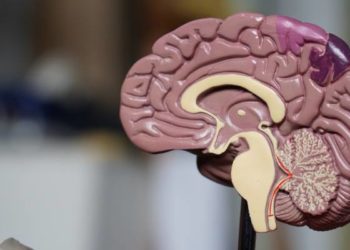Endovascular therapy improves outcomes in vertebrobasilar stroke despite increased risk of bleeding
1. Patients in the endovascular therapy group achieved greater functional outcomes at 90 days.
2. Endovascular therapy resulted in significantly decreased disability and overall mortality.
Evidence Rating Level: 1 (Excellent)
Study Rundown: Trials evaluating endovascular therapy for basilar artery occlusion have shown varying results. This inconsistency highlights the need for a comprehensive analysis to assess the therapy’s safety and efficacy. This systematic review and meta-analysis aimed to pool patient-level data from multiple studies to evaluate the benefits of endovascular therapy compared to standard medical treatment for vertebrobasilar ischemic stroke. The primary outcome was favorable functional status (modified Rankin Scale score 0–3) at 90 days, while a key secondary outcome included symptomatic intracranial hemorrhage. According to study results, endovascular therapy increased the likelihood of favorable functional outcomes but was associated with an increased risk for symptomatic intracranial hemorrhage. Although this study was well done, it was limited by heterogeneity in stroke severity and occlusion site, which may affect generalizability.
Click to read the study in The Lancet
Relevant Reading: Endovascular Therapy for Stroke Due to Basilar-Artery Occlusion
In-depth [systematic review and meta-analysis]: Between Jan 1, 2020, and Sept 1, 2023, 934 titles and abstracts were screened for eligibility. Included were patients with vertebrobasilar ischemic stroke who were randomized to receive either endovascular therapy or standard medical treatment within 12 hours of stroke onset. Altogether, 988 patients (556 in the intervention group and 432 in the control group) were included in the final analysis. The primary outcome of a favorable functional status (mRS score 0–3) at 90 days was significantly higher in the endovascular therapy group compared to the control group (45% vs. 30%, adjusted odds ratio [aOR] 2.41, 95% confidence interval [CI] 1.78-3.26, p<0.0001). The secondary outcome of reduced mortality (36% vs. 45%, aOR 0.60, p<0.0001) and overall disability (35% vs. 89%, aOR 0.48, p<0.0001) also favored endovascular therapy, despite a higher risk of symptomatic intracranial hemorrhage (5% vs. <1%, aOR 11.98, p<0.0001). Findings from this study suggest that endovascular therapy for vertebrobasilar artery occlusion is beneficial for patients with moderate-to-severe symptoms.
Image: PD
©2025 2 Minute Medicine, Inc. All rights reserved. No works may be reproduced without expressed written consent from 2 Minute Medicine, Inc. Inquire about licensing here. No article should be construed as medical advice and is not intended as such by the authors or by 2 Minute Medicine, Inc.







